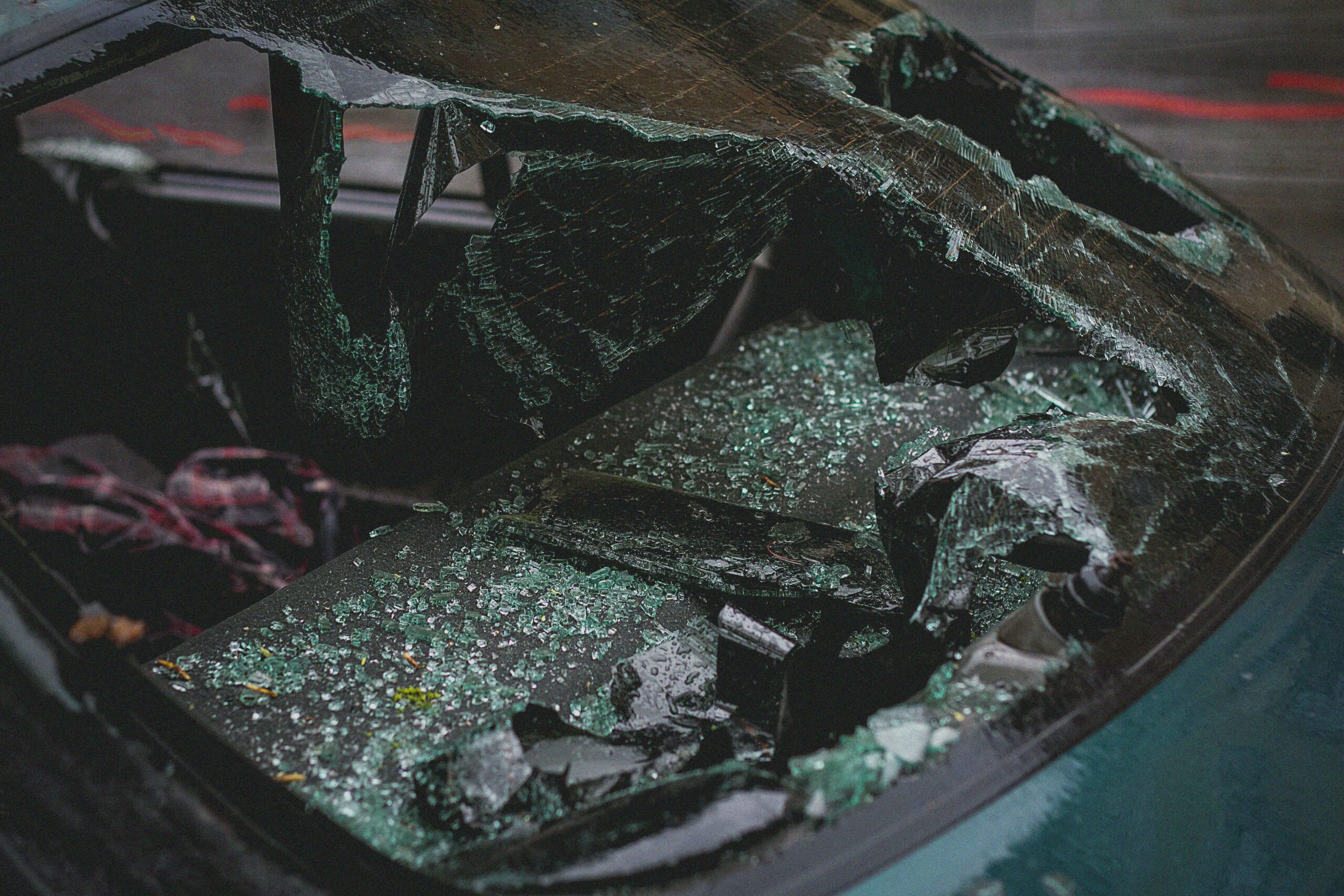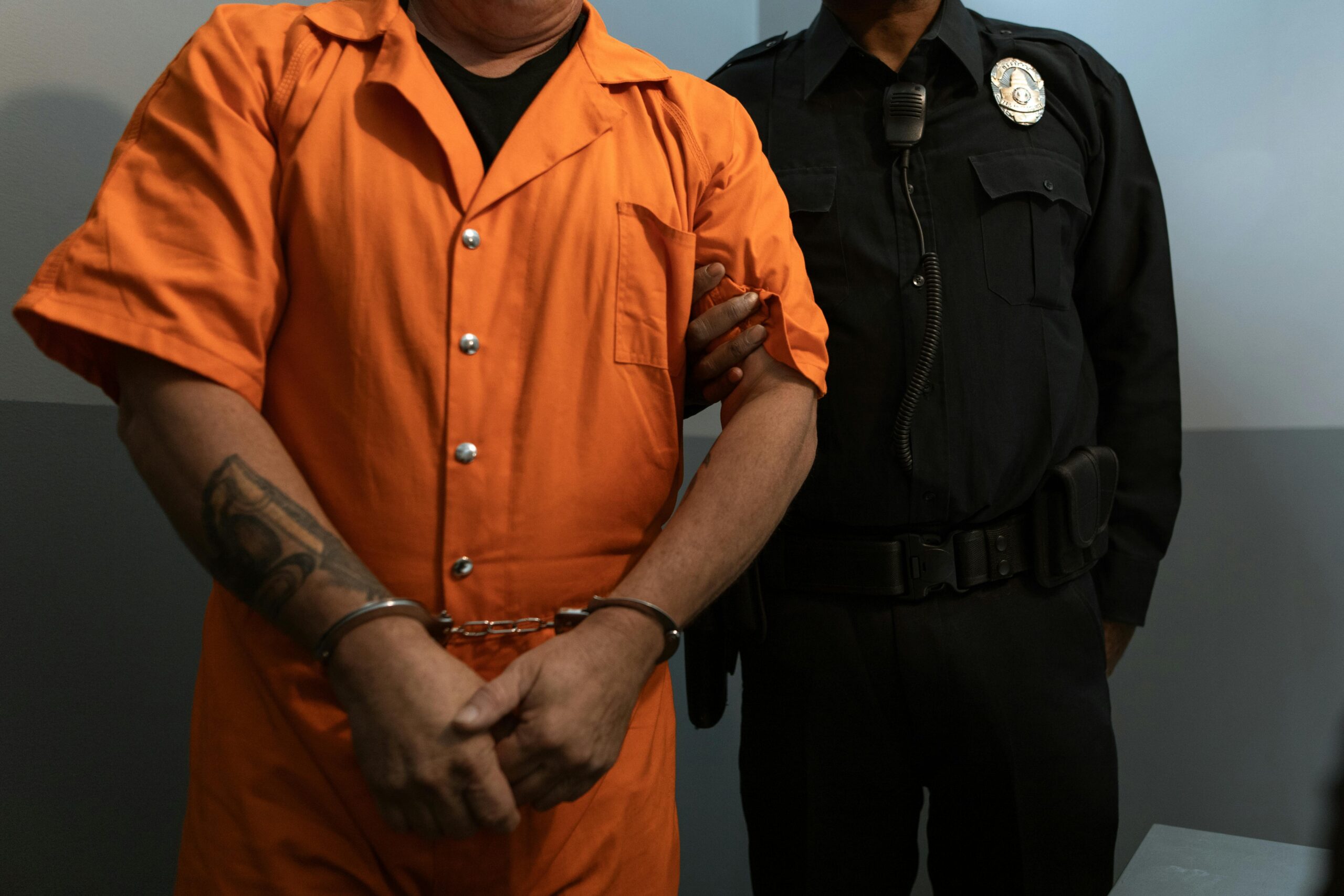How Much Evidence Is Needed For An Indictment?
In Texas, a charge for a felony indictment comes from the grand jury. If the grand jury determines there is sufficient evidence to charge the defendant, an indictment is issued. If the grand jury determines there are inadequate grounds for prosecution, a “no bill” is issued. A “no bill” means there is insufficient evidence to prosecute someone. When a no bill is issued, the defendant is released from custody. If the grand jury determines there is sufficient evidence to prosecute, then a “true bill” is issued, and the defendant remains in custody or on bond pending trial. After the indictment has been issued, the defendant will be arraigned, meaning they will be brought before the trial judge and they must enter a plea. While a guilty plea is an admission that the defendant committed the crime, it is often done after the prosecutor and the defense attorney has negotiated a plea agreement. In such case the defendant has agreed to plead guilty and the district attorney has agreed to a lesser punishment than what would be expected after a trial and conviction. This process is referred to as plea bargaining. A not guilty plea contests the charges and challenges the state to prove beyond a reasonable doubt that the defendant did commit the crime. This results in a trial. A plea of nolo contendere is a plea of no-contest. Under the law, this plea has the same effect as a guilty plea.
What Does It Mean When A Case Goes To Grand Jury?
Before the trial, pretrial hearings will take place. These entail questions such as the sufficiency of the indictment, the scheduling of the trial, and the admissibility of evidence. During jury selection, a panel of approximately 50 potential jurors will be assembled and after each side and the judge questions the panel; 12 jurors will be selected to hear the evidence. Once both sides have rested and after closing arguments, the jury will then go into the jury room where they will deliberate. In criminal cases, the jury must come to a unanimous conclusion for the defendant to be found guilty. Once the jury has reached a conclusion, it will inform the bailiff, who will tell the judge and the court will be back in session. The judge will then read the verdict in court. If the jury cannot come to a unanimous conclusion then a mistrial will be declared and the jury dismissed. At this point the prosecution will decide if the case is worthy of a second trial. If the defendant is found not guilty, then he will be released and he cannot be retried for that offense. However, if a guilty verdict has been issued, the sentencing phase of the trial will begin.
If you have been arrested for a criminal offense and are facing a criminal trial, it’s imperative that you contact a Plano criminal defense attorney from the Zendeh Del Law Firm, PLLC, immediately!








